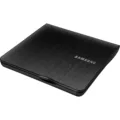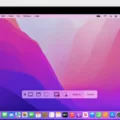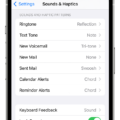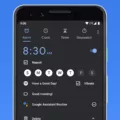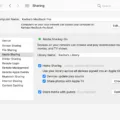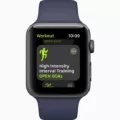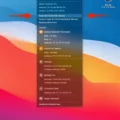Hotspots have become a popular way for people to access the internet while on the go. Whether it’s using your smartphone as a hotspot or using a dedicated mobile hotspot device, it’s important to keep track of your data usage to avoid going over your limit and incurring additional charges. In this article, we will discuss how to check your hotspot usage and provide some tips on managing your data effectively.
If you’re using an Android phone, you can easily track and control your hotspot usage with the help of the Datally app. Simply open the app and tap on “Track hotspot” on the home screen. Enter your data limit and tap “Go to Settings.” From there, enable the Wi-Fi hotspot and navigate back to the “Track hotspot” screen in the Datally app. Tap on “Track hotspot” to start monitoring your data usage.
On an iPhone, you can check your hotspot data consumption by going to the Settings app and tapping on “Cellular Data.” Scroll down to the Cellular Data section and you’ll find the total data usage next to the Personal Hotspot section. Keep in mind that hotspot data usage varies depending on the activities you perform on the devices connected to your hotspot. It can range from 60MB to 810MB per hour.
To further monitor your data usage when using internet devices like a mobile hotspot, you can always check your data usage in your Verizon account. For monthly mobile accounts, visit the My Usage page, and for prepaid accounts, visit the Usage details page.
Now that you know how to check your hotspot usage, it’s important to manage your data effectively to avoid unnecessary overages. Here are some tips to help you do just that:
1. Be mindful of your connected devices: Keep track of the number of devices connected to your hotspot and their activities. If you have multiple devices streaming videos or downloading large files, it can quickly eat up your data.
2. Set data limits for connected devices: Some smartphones and mobile hotspot devices allow you to set data limits for connected devices. This can help you control how much data each device is using and prevent any single device from hogging all the bandwidth.
3. Use data-saving features: Many devices and apps offer data-saving features that can help reduce your data usage. For example, you can lower the video streaming quality or enable data saver mode on your smartphone.
4. Connect to Wi-Fi whenever possible: Whenever you have the option, connect your devices to a Wi-Fi network instead of using your hotspot. This can help conserve your precious hotspot data for when you really need it.
By following these tips and regularly monitoring your hotspot usage, you can better manage your data and avoid any surprises on your monthly bill. Remember, it’s always better to be proactive and stay on top of your data usage rather than dealing with the aftermath of exceeding your limit.
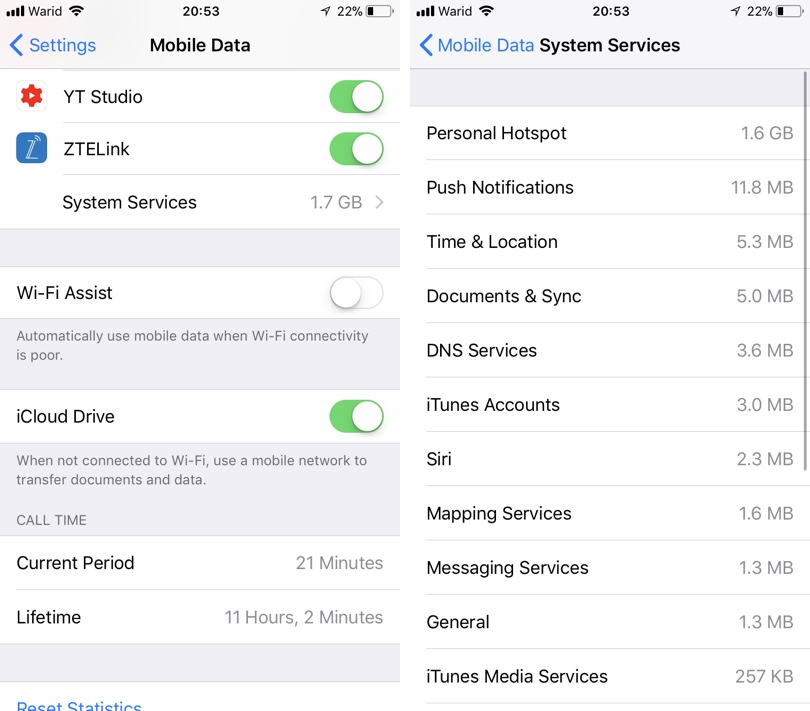
How Do I Check My Hotspot Usage?
To check your hotspot usage on an Android phone, you can use the Datally app. Here are the steps to follow:
1. Open the Datally app on your Android phone.
2. On the home screen, tap on “Track hotspot.”
3. Enter your data limit. This is the amount of data you have available for your hotspot usage.
4. Tap on “Go to Settings.”
5. In the Settings menu, tap on “Hotspot & tethering.”
6. Enable the Wi-Fi hotspot by toggling the switch to the “On” position.
7. Once the hotspot is enabled, navigate back to the Datally app.
8. On the “Track hotspot” screen, tap on “Track hotspot” to begin monitoring your data usage.
By following these steps, you will be able to track and control your hotspot usage using the Datally app on your Android phone.
How Do I Check My iPhone Hotspot Usage?
To check your iPhone hotspot usage, follow these steps:
1. Open the Settings app on your iPhone.
2. Scroll down and tap on “Cellular” or “Mobile Data” (depending on your device’s language settings).
3. Look for the “Cellular Data” section and find the “Personal Hotspot” option.
4. Next to the “Personal Hotspot” section, you will see the total data usage for your hotspot.
5. This data usage is displayed in the form of numbers, which represent the amount of data consumed in megabytes (MB) or gigabytes (GB).
By regularly checking your iPhone’s hotspot usage, you can keep track of how much data you are consuming while using your hotspot. This information can be helpful in managing your data plan and avoiding any unexpected charges.
In addition, you may also find it useful to set a data usage limit or enable data usage warnings on your iPhone. This can help you stay within your desired data usage limits and avoid exceeding your plan’s data allowance.
To set a data usage limit or enable data usage warnings, you can go back to the “Cellular” or “Mobile Data” section in the Settings app and look for the respective options. These features allow you to receive notifications when you approach or exceed your specified data limits, helping you stay in control of your data usage.
Keeping an eye on your iPhone hotspot usage and managing your data consumption can help you make the most of your data plan and avoid any unexpected charges.
How Much Data Does A Hotspot Use?
A hotspot is a device that allows you to connect other devices, such as laptops, smartphones, or tablets, to the internet using a cellular network. The amount of data used by a hotspot depends on the activities performed on the connected devices.
Here is a breakdown of the approximate data usage for different activities:
1. Web browsing: On average, browsing the web consumes around 60MB to 150MB of data per hour. This includes visiting websites, reading articles, and scrolling through social media feeds.
2. Streaming music: Listening to music on platforms like Spotify or Apple Music typically uses around 100MB of data per hour. However, higher-quality audio streaming can consume more data.
3. Streaming video: Streaming video content on platforms like YouTube, Netflix, or Hulu consumes a significant amount of data. On average, streaming in standard definition (SD) uses about 1GB of data per hour, while high-definition (HD) streaming can use up to 3GB per hour. Ultra HD or 4K streaming can consume even more data, ranging from 7GB to 20GB per hour.
4. Video calls: Video calling services like Zoom, Skype, or FaceTime use around 600MB to 1.5GB of data per hour, depending on the video quality.
5. Online gaming: Online gaming can vary widely in terms of data usage. Simple mobile games typically consume around 10MB to 50MB per hour, while more graphics-intensive games can use up to 1GB per hour or more.
It’s important to note that these are average estimates, and actual data usage may vary depending on factors like video quality settings, app updates, background data usage, and the specific activities performed on the connected devices.
The data usage of a hotspot can range from 60MB to 810MB per hour, depending on the activities being performed on the connected devices.
How Do I Check My Verizon Hotspot Usage?
To check your Verizon hotspot usage, follow these steps:
1. Go to the Verizon website and log in to your account using your username and password.
2. Once logged in, navigate to the “My Verizon” section of the website.
3. Look for the “Usage” or “My Usage” tab, and click on it. This will take you to the page where you can view your data usage.
4. On the usage page, you should see a list of your devices and their corresponding data usage. Look for your hotspot device in the list.
5. Next to your hotspot device, you will find information about your data usage, including the amount of data used and the remaining data allowance.
6. If you want more detailed information, you can click on your hotspot device to see a breakdown of your usage by day or week. This will show you how much data you have used on each specific day or week.
7. If you have multiple devices on your Verizon account, make sure you select the correct hotspot device from the list to view its usage.
It’s important to note that the exact steps to check your hotspot usage may vary slightly depending on your specific Verizon account and the version of the website you are using. However, the general process should be similar to the steps outlined above.
By regularly checking your hotspot usage, you can keep track of how much data you are using and avoid going over your monthly allowance. This can help you avoid any additional charges or potential slowdowns in your internet speed.
Conclusion
A hotspot is a convenient way to access the internet on your mobile device when you’re on the go. However, it’s important to track and control your hotspot usage to avoid exceeding your data limit and incurring additional charges.
For Android users, the Datally app provides a helpful tool for tracking hotspot usage. By entering your data limit and enabling the Wi-Fi hotspot, you can monitor your data consumption and ensure you stay within your limits.
On the other hand, iPhone users can check their hotspot data usage in the Settings app. By navigating to the Cellular Data section and checking the total data usage next to the Personal Hotspot section, you can easily keep track of your hotspot usage.
It’s worth noting that hotspot data usage can vary depending on the activities you do on the devices tethered to your hotspot. In general, a hotspot can use anywhere from 60MB to 810MB per hour, depending on the activity.
If you want to check your data usage when using internet devices like a mobile hotspot device, you can do so easily on My Verizon. For monthly mobile accounts, visit the My Usage page, while prepaid accounts can visit the Usage details page to verify data usage.
By staying aware of your hotspot usage and taking steps to control it, you can ensure that you stay within your data limits and avoid any unexpected charges.

